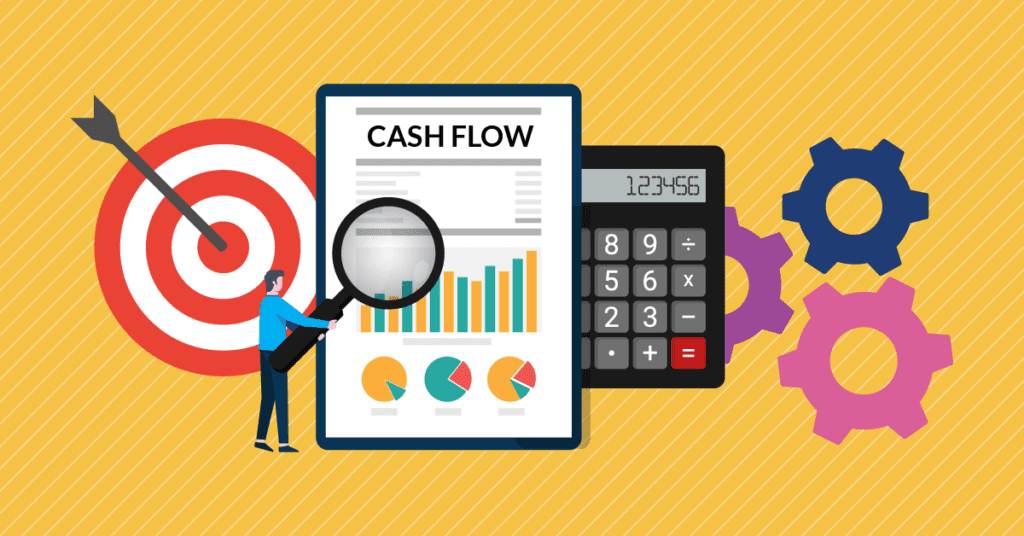Where Knowledge Meets Awareness

The Cost of Capital is the minimum rate of return a company must earn on its investments to maintain its market value and satisfy investors. It represents the opportunity cost of utilizing funds (debt, equity, or retained earnings).
Effective rate a company pays on its debt, adjusted for tax.
Kd = Interest Rate × (1 - Tax Rate)Example: If interest rate = 10% and tax = 30%,Kd = 10% × (1 - 0.30) = 7%
Return expected by shareholders. Using Dividend Discount Model (DDM):
Ke = (D1 / P0) + gExample: D1 = ₹5, P0 = ₹100, g = 8%Ke = (5 / 100) + 0.08 = 13%
Kp = D / PExample: ₹10 dividend on ₹100 shareKp = 10 / 100 = 10%
Opportunity cost of reinvesting profits instead of distributing as dividends. Often treated equal to Ke.
WACC = (E/V × Ke) + (D/V × Kd × (1 - T)) + (P/V × Kp)
| Source | Amount (₹) | Cost (%) |
|---|---|---|
| Equity | 5,00,000 | 14% |
| Debt | 3,00,000 | 10% |
| Preference Shares | 2,00,000 | 9% |
| Tax Rate | 30% | |
Total Capital (V): 10,00,000
WACC Calculation:
= (5,00,000 / 10,00,000) × 14%
+ (3,00,000 / 10,00,000) × 10% × (1 - 0.30)
+ (2,00,000 / 10,00,000) × 9%
= 0.5 × 14% + 0.3 × 7% + 0.2 × 9%
= 7% + 2.1% + 1.8% = 10.9%
Interpretation: The company must earn at least 10.9% return on its investments to satisfy its capital providers.
The concept of Cost of Capital is crucial for sound financial planning. It acts as a standard for investment evaluation and guides decisions on financing, capital structure, and business expansion. Calculating an accurate WACC helps ensure the firm makes value-added financial decisions.




